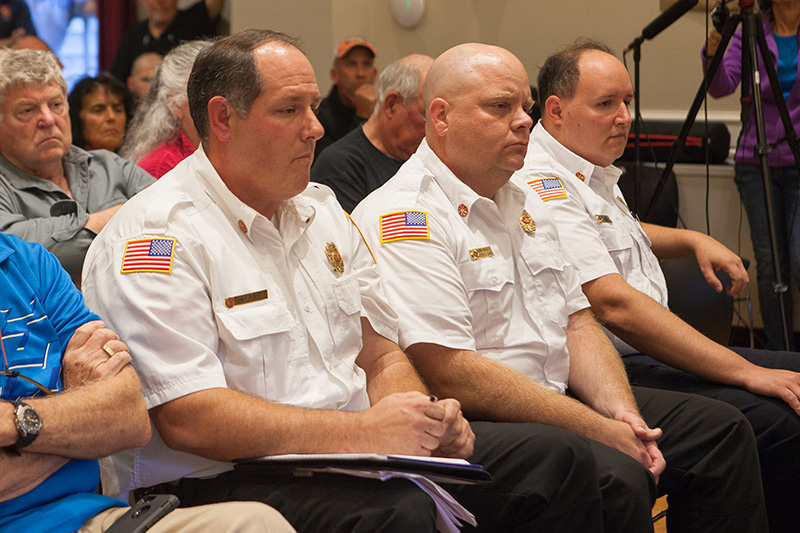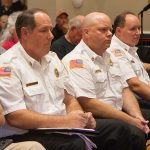Natural disasters can strike at any point in time, and have a devastating impact on infrastructure and people. As John Rose Oak Bluff says, during these situations, emergency services play a pivotal role as the first line of response. Emergency services largely imply to the combined forces of firefighters, law enforcement, paramedics and other medical personnel. These are the people who put their lives in danger to help civilians when disaster strikes.
John Rose Oak Bluff underlines the role of emergency services in natural disasters
Prompt and dependable emergency services become critical in natural disasters and require a coordinated effort from various first responders, including firefighters and paramedics. The role of the first responders is pivotal to mitigating the impact of natural disasters, providing life-saving assistance, and restoring normalcy to affected communities. They carry out a number of functions, including:
- Alerting and evacuation: Emergency services make use of multiple means to alert people to evacuate or move to a safe zone during natural disasters. While police and other armed forces try to control traffic so people can evacuate quickly, firefighters also use their training to move people from dangerous areas. Firefighters assist in evacuating affected areas, and ensure the safe and orderly movement of residents to designated shelters or safe zones. They also try to identify and mitigate hazards such as gas leaks, downed power lines, and structural instability to avoid further emergencies. Paramedics oversee the safe evacuation and transport of injured individuals to medical facilities. They often work alongside firefighters, ambulance crews, and helicopter rescue teams.
- Search and rescue: Subsequent to evacuation, emergency service teams focus on search and rescue operations. This requires coordinated efforts between medical personnel, armed forces and firefighters. These first responders may use specialized equipment and techniques in order to reach people trapped in landslides, flooded areas, collapsed buildings, and so on. Their goal typically is to remove obstacles, reach trapped individuals, or even remove debris to make sure that no one is left behind. Firefighters are trained in search and rescue techniques which are vital for locating and extracting individuals trapped in hazardous situations during disasters.
- Medical assistance: Paramedics provide medical care to the injured people on the stop. They typically assess the situation and prioritize medical needs based on the severity of injuries or illnesses, preparing patients for treatment and transport. In a disaster situation, any medical care can prove to be life-saving. Paramedics are trained to provide first aid and hold CPR certification and hence can help people whose breathing or heartbeat has stopped. They provide advanced medical interventions like administering medications, managing airways, controlling bleeding, and stabilizing patients for transport.
- Communication: Communication is a critical aspect of any kind of natural disaster. Emergency service providers like firefighters and paramedics work with each other, as well as coordinate with government officials in charge of exchanging crucial information. Smooth and timely communication allows them to move quickly and take necessary measures as needed in real-time.
As John Rose Oak Bluff says, proper emergency services go a long way in saving lives, and minimizing the negative impacts of natural disasters.






















